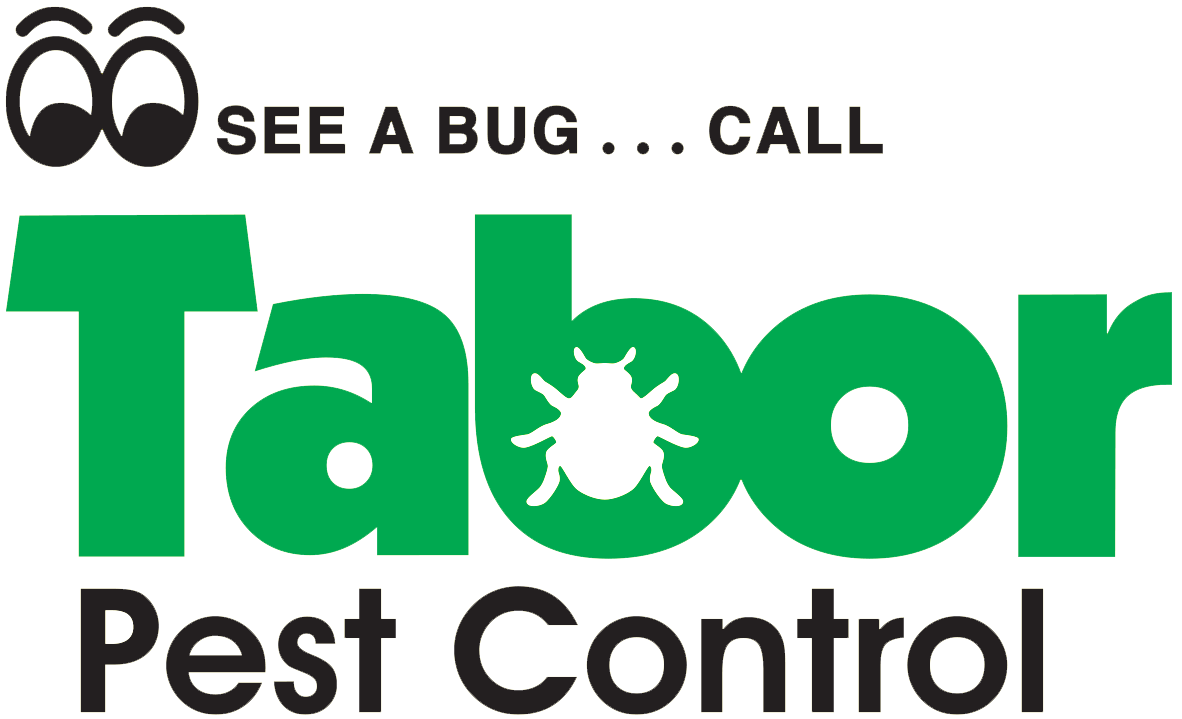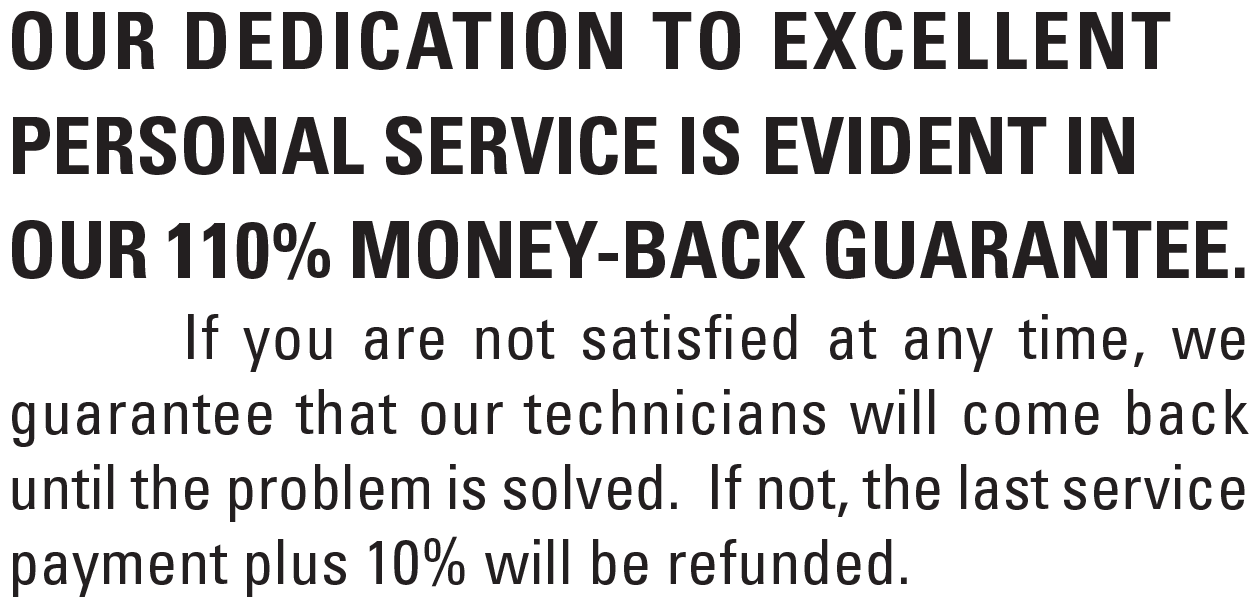Commercial Pest Control for Restaurants: From Infestation to Immaculate – Your Defense Guide
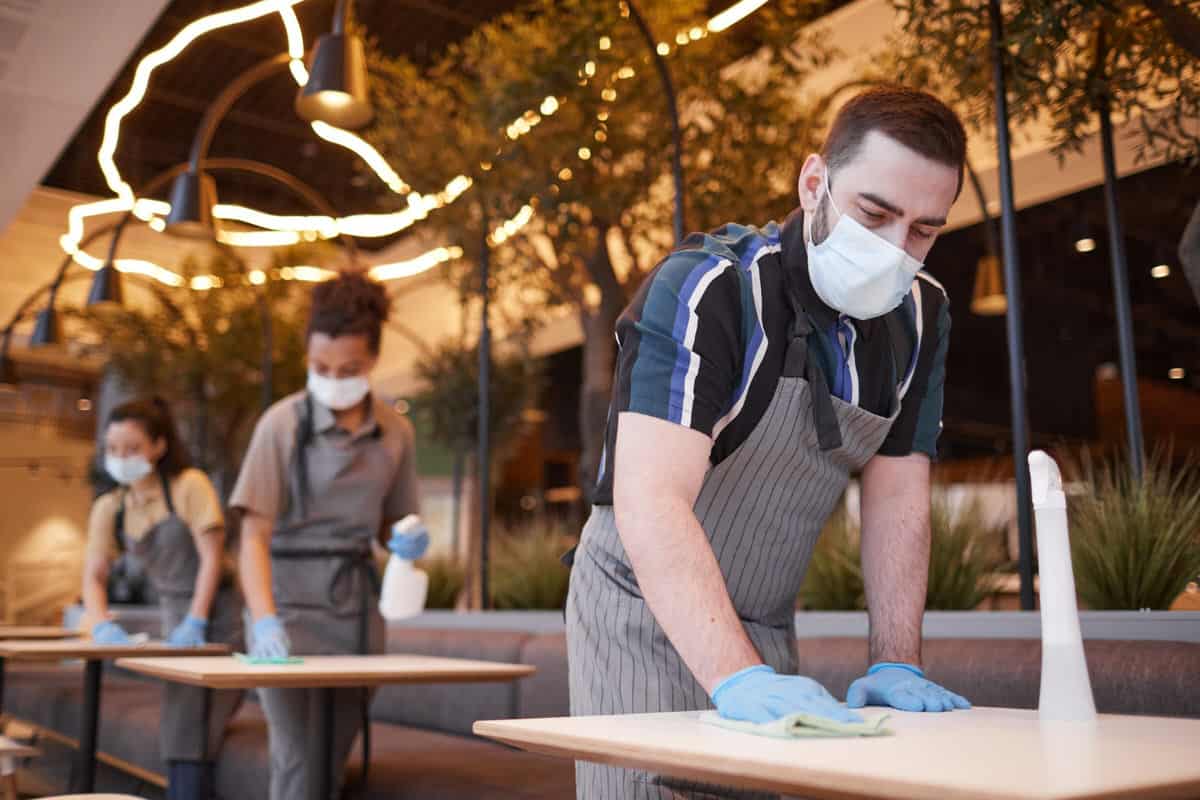
Pest control is absolutely essential for every restaurant. In an industry where a single pest sighting can destroy a business, it is crucial to find the best pest control for you.
This risk is more relevant now than ever before with the constant growth of customer reviews, allowing news to spread instantly. Of course, every restaurant wants a clean environment to cook and work in so that their customers and employees can have the best experience and highest quality food possible.
Apart from hurting your reputation and customer experience, pests can also cause huge problems regarding health regulations and inspections.
All of this is further complicated by the apparent fact that restaurants are full of food that attracts a wide variety of pests.
Causes of Pest Infestations in Commercial Kitchens
It is crucial to be aware of the major factors contributing to pest infestations so you can take proactive measures to maintain a clean and safe environment.
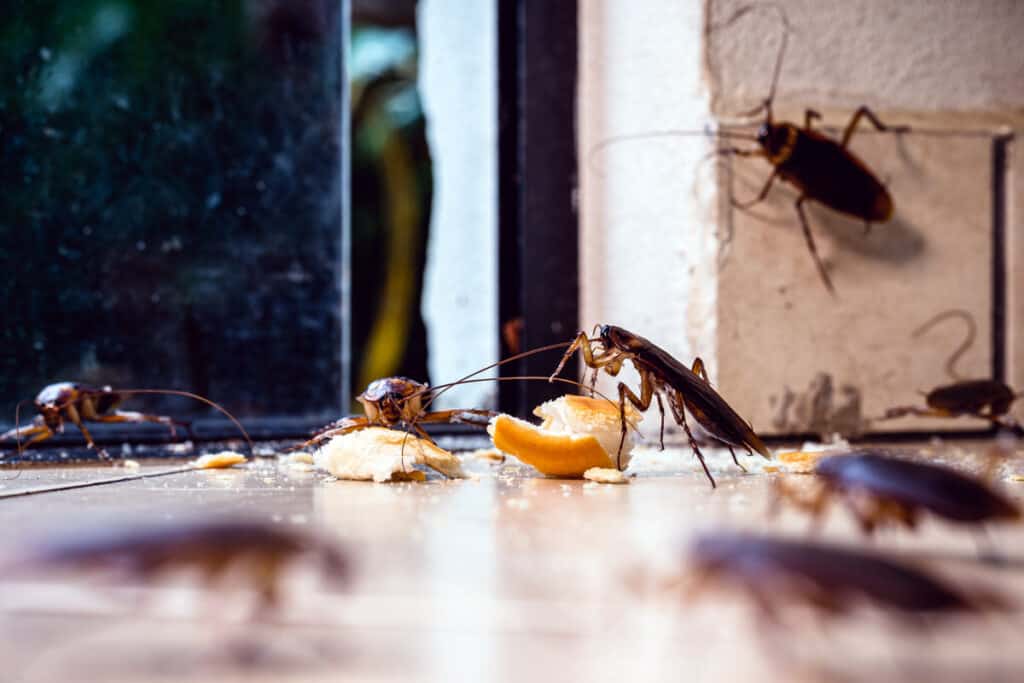
Here are some of the most common factors that can lead to pest infestations in restaurants, bars, and commercial kitchens:
- Poor sanitation practices: Inadequate cleaning and sanitation practices in your restaurant can attract pests. They are drawn to food debris, leftovers, and stagnant water sources.
- Inefficient storage systems: Pests find their way into your storage areas when food items are stored improperly, so be sure to keep your storage spaces well-organized and store all food products in sealed containers. Discard expired items regularly and maintain proper inventory management.
- Interior and exterior structural damages: Cracks, crevices, and other structural damages in your restaurant’s interior and exterior can become entry points for pests. Regularly inspect your building for any damages and seal them promptly to prevent pest infestations.
- Lack of proper waste disposal: Improper disposal of waste can serve as an ideal breeding ground for pests. It is vital to implement an efficient waste management system and keep the waste disposal area clean.
- Unsealed doors and windows: Open doors and windows can provide easy access for pests to enter your establishment. Ensure that door and window screens are properly sealed and install door sweeps if necessary.
How to Reduce the Risk of an Infestation
Proper restaurant pest control involves a combination of preventive measures and timely intervention.
1. Frequent Inspections
You should routinely inspect your premises for any signs of pest activity and implement effective strategies to keep them at bay.
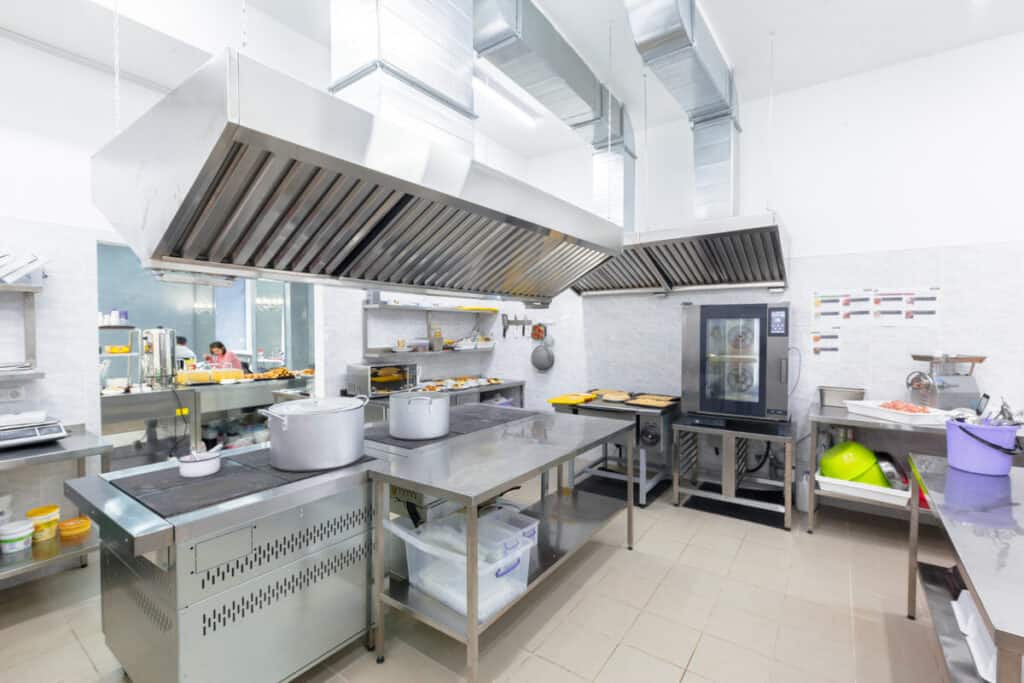
This includes ensuring your facility is thoroughly cleaned and sealed, managing waste properly, and storing food securely.
2. Educate Your Staff
Educate your employees on the importance of pest control as well, making them aware of the potential consequences of inadequate pest management.
Empower them to take necessary precautions and encourage them to report any pest sightings immediately. This collaboration will help maintain a clean and healthy environment for both staff and guests.
3. Implementing Hygiene and Sanitation Practices
Establish a regular cleaning schedule to ensure that all areas, including food storage and preparation spaces, are kept free of food scraps and spills.
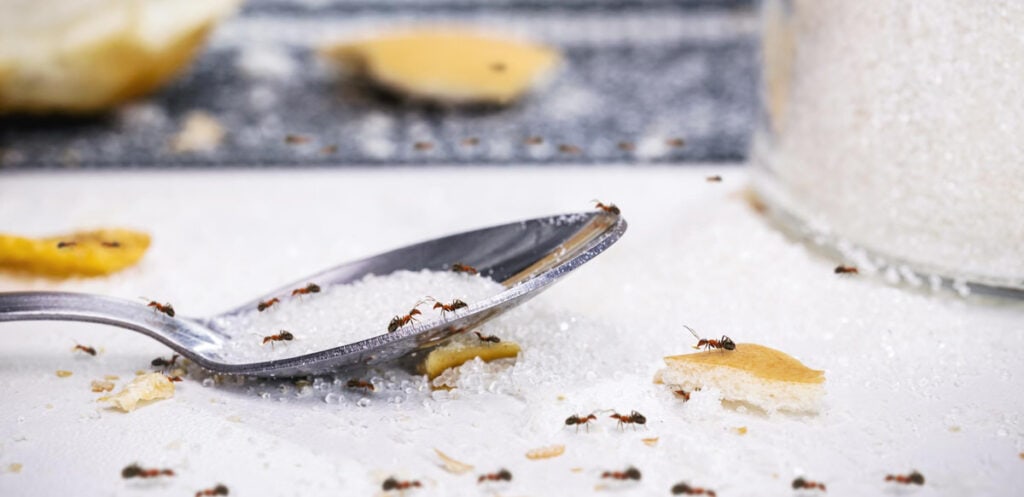
Dispose of waste properly, and make sure that all trash is stored in sealed containers. Regularly clean your kitchen equipment and floors, and ensure that your staff practices good personal hygiene.
4. Structural Repairs and Alterations
Inspect the physical structure of your restaurant and make any necessary repairs to prevent pest entry points. This may include sealing gaps around doors and windows, repairing damaged screens, and fixing any holes in walls or ceilings.
Providing proper ventilation and drainage can also help keep pests at bay.
An essential aspect of integrated pest management involves analyzing the layout of your establishment to identify areas that might be enticing to pests.
Making slight alterations, such as redesigning waste storage areas or relocating food storage facilities, can also play a role in deterring pests.
5. Proactively Monitoring
To effectively manage pest infestations in your restaurant, implementing a comprehensive monitoring program is crucial.
A well-designed program will help you identify pest concerns early, allowing you to address them before they escalate into larger issues.
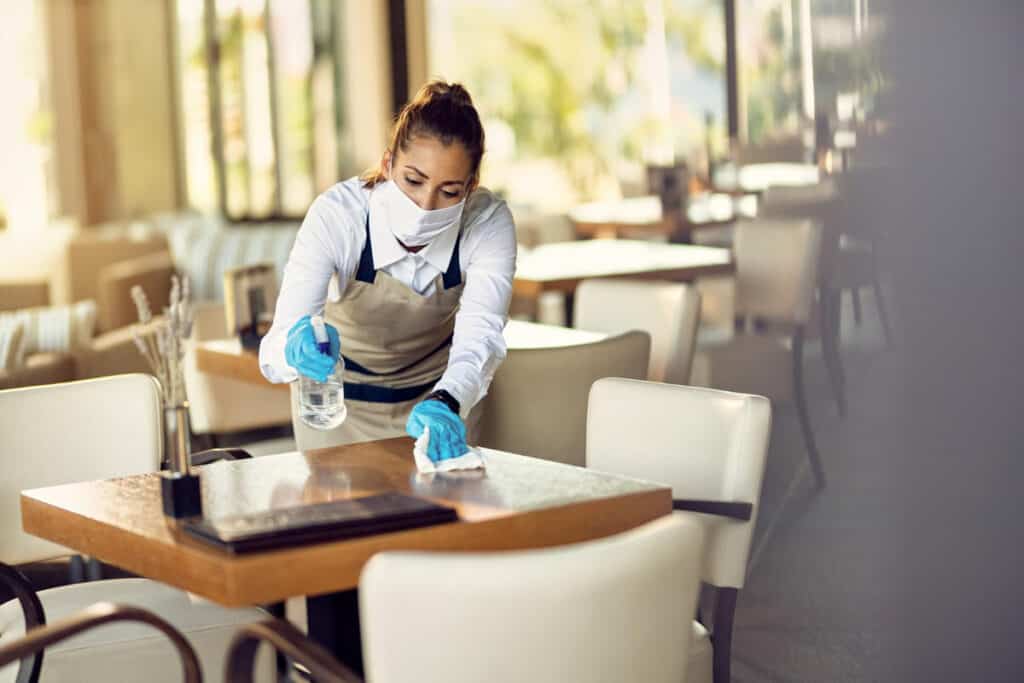
To begin, establish an integrated pest management (IPM) approach, which focuses on proactive measures such as regular inspections, sanitation, and exclusion techniques.
In addition to preventing pests, IPM minimizes the need for pesticides, reducing the risk of contamination in your restaurant.
Remember, an effective pest control program is an essential aspect of your restaurant’s overall success.
By prioritizing pest control and implementing the best practices, you contribute to the well-being of your employees and guests, protecting your restaurant’s reputation and maintaining customer satisfaction.
Use of Pest Control Products
Many pest control products on the market can help you prevent and manage infestations. These may include traps, bait stations, insecticides, and rodent control products.
It’s crucial to select the products that are best suited for your restaurant’s specific needs and follow all safety guidelines and label instructions when using them.
Working with a reputable pest control service can be an effective way to ensure that your restaurant remains pest-free.
Professional pest control experts can perform regular inspections, recommend customized preventative measures, and provide additional support as needed to help keep your business running smoothly and safely.
Choosing a Professional Pest Control Service
It can be difficult to determine which company provides the best commercial pest control for restaurants in your area, but here are some of the most important factors to consider.
Look for companies that specialize in commercial pest control and have experience working with restaurants and the food service industry.
Read customer reviews to gauge their success in managing pest problems in other establishments.
Pay attention to how they address individual concerns and resolve issues. This will give you an idea about the quality of their customer service and whether they can cater to your restaurant’s specific needs.
Additionally, ensure the pest control service you choose complies with industry standards and local health codes.
A service provider that understands and adheres to food service regulations will be an asset in maintaining a sanitary and pest-free environment.
Finally, communication is key in choosing a pest control service.
Your chosen company should be easy to reach and prompt in answering your questions or addressing any issues that may arise. Good communication will help build a strong long-term relationship.
Tabor Pest Control is a leading commercial pest control provider that has been serving the Southern Alabama area for over 60 years.
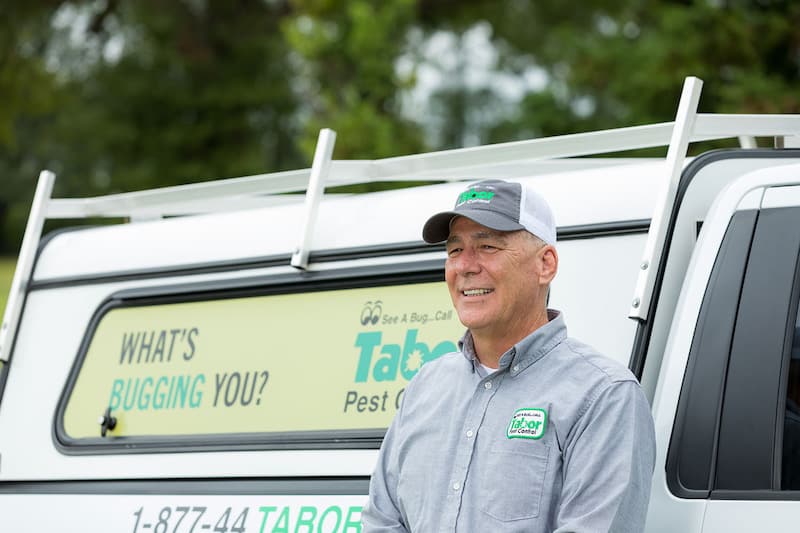
We specialize in offering personalized treatment to keep pests out of your kitchen so you are free to provide your customers with the best experience possible.
Frequently Asked Questions
How do restaurants effectively manage pest problems?
To effectively manage pest problems in your restaurant, you need to implement an Integrated Pest Management (IPM) approach.
IPM involves regular inspections, identifying problem areas, practicing proper sanitation, and using appropriate pest control measures. By taking prompt and proactive actions, you can prevent pests from becoming a significant issue in your establishment.
What are the most common pests found in restaurants?
Some of the most common pests found in restaurants include cockroaches, rodents, flies, and ants. These pests are attracted to food and moisture, making restaurants a prime target for infestations.
Your restaurant’s reputation can be severely damaged by pest sightings, as they can carry harmful diseases and bacteria.
How can a restaurant prevent cockroach infestations?
Preventing cockroach infestations in your restaurant starts with cleanliness and sanitation. Be sure to clean up food spills and crumbs immediately, seal any cracks or crevices in the building, and regularly empty garbage cans.
Also, make sure to store food in sealed containers and promptly address any moisture or plumbing issues since cockroaches are attracted to water.
What measures are taken in restaurant pest management?
Measures taken in restaurant pest management include:
– Regular inspections to identify and address potential pest entry points and problem areas.
– Ensuring proper sanitation and cleanliness within the establishment.
– Using pest control products and methods, such as traps, baits, or insecticides, when necessary.
– Monitoring and adjusting pest control measures to ensure their ongoing effectiveness.
Which commercial pest control products are most effective for restaurants?
The most effective commercial pest control products for your restaurant will depend on the specific pests you’re dealing with. Some common options include insecticides, baits, traps, and insect growth regulators.
Be sure to select products that are suitable for use in food preparation and service areas, following proper guidelines to ensure the safety of your customers and staff.
What should be considered when choosing a pest control service for a restaurant?
When choosing a pest control service for your restaurant, consider the following factors:
– The company’s expertise and experience in treating pest problems in restaurants and other foodservice establishments.
– Their use of safe and effective pest control methods, as well as compliance with local regulations.
– Customer reviews and testimonials to gauge the quality of their service.
– Availability for regular inspections and treatment, as well as prompt response to urgent pest issues.
– Transparent and reasonable pricing structure.
References
- https://www.epa.gov/safepestcontrol/dos-and-donts-pest-control
- https://www.nyc.gov/assets/doh/downloads/pdf/rii/keep-pests-out-of-food-establishments.pdf
- https://www.cdc.gov/coronavirus/2019-ncov/php/rodents.html
- https://www.cdc.gov/healthypets/pets/wildlife/rodent-control.html
- https://www.nj.gov/dep/enforcement/pcp/bpo-appcom.htm
